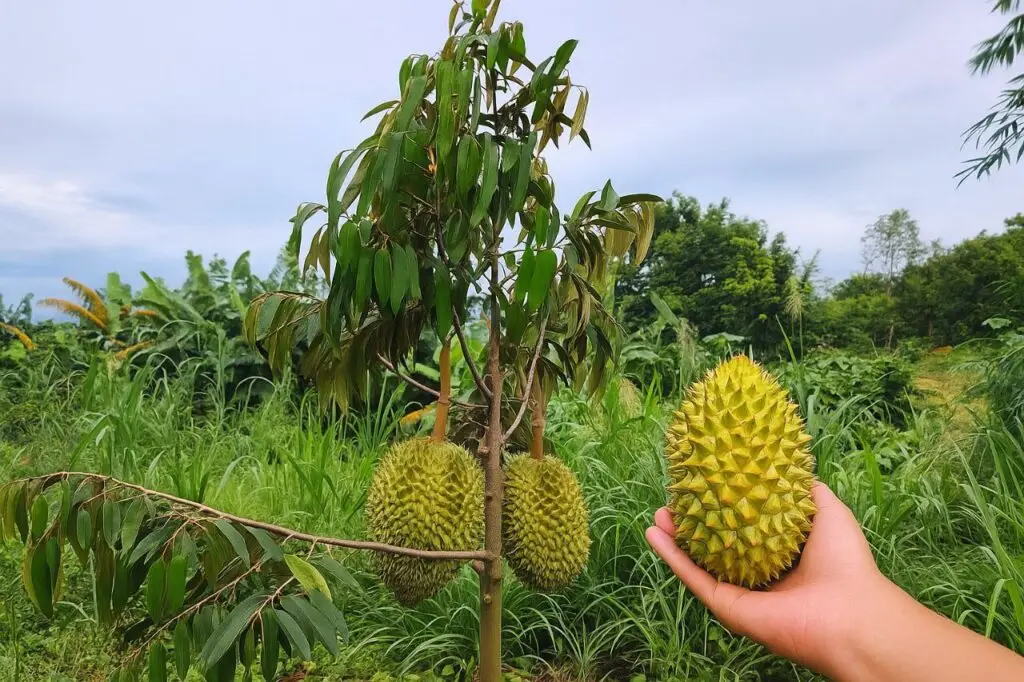
Growing corn isn’t just about putting seeds in the ground and waiting. It’s about timing, care, and giving the right nutrients when your plant needs them most. In my field, I tested a feeding routine from day 15 to day 45 that gave me results even I didn’t expect. By day 42, my corn was taller than me, with strong stalks and dark green leaves—no stunting, no yellowing.
What made the difference wasn’t just the fertilizer. It was when I fed it, how I blended soil and foliar nutrients, and why I adjusted the ratio based on the plant’s growth phase.
Let me walk you through exactly what I did—starting from the early vegetative phase all the way to pre-flowering. I’ve included the exact mix I used and a clear takeaway summary at the end for easy reference.
Phase 1: Vegetative Growth (Day 15 to 35)
At around 15 days old, corn begins to demand more nutrients. You’ll notice faster leaf expansion, root growth, and shoot elongation. This is when I used a balanced high-nitrogen foliar spray to push green growth and establish a strong root system.
I sprayed in the evening, especially after rainy days, to make sure the leaves could absorb the nutrients efficiently.
Alongside foliar sprays, I applied a small dose of soil fertilizer (light top-dressing between rows) and watered it in. This combination helped the plant take nutrients from both the roots and leaves at the same time.
Phase 2: Pre-Flowering Shift (Day 36 to 45)
Once the corn passed 35 days, it was time to slow down on nitrogen and start feeding for reproduction. The plant begins forming tassels and silks, and the energy shifts to cob development. Feeding too much nitrogen now can lead to oversized plants with poor cob fill.
So, I switched to a high phosphorus and potassium mix, both in the soil and through foliar application. The goal here was to support flower formation, pollination, and ear growth.
By day 42, the change was clear: the plants looked strong and uniform, with healthy silk development and no signs of nutrient stress.
Key Nutrient Plan (Summary by Stage)
Day 15–35: Vegetative Stage
Soil Application:
30-10-10 NPK or Urea + MOP
Apply lightly between rows, then water in
Foliar Spray (25L water):
½ tsp Atonik
2 tsp Magnesium
2 tsp Calcium Boron
3 tsp Amino Yellow Powder
1.5 tbsp 30-10-10 NPK
Optional: ½ tsp Humic Acid
🕒 Spray every 7–10 days, in the evening after rain
Day 36–45: Pre-Flowering Stage
Soil Application:
NPK 13-40-13 or 10-30-20 — 25–30 kg/ha
Optional: add MOP or SOP (0-0-50) for potassium
Foliar Spray (25L water):
¼ tsp Atonik
2 tsp Calcium Boron
2 tsp Amino Yellow
1 tbsp 13-40-13 or 10-30-20 NPK
1.5 tbsp Potassium Nitrate (13-0-46) or SOP
Optional: Magnesium + Humic Acid (½ tsp each)
🕒 Same timing — spray after rainy days, in the evening
Final Thoughts
The secret to growing great corn isn’t magic—it’s understanding the plant’s timing and feeding accordingly. From day 15 to 45, I watched my crop transform by simply adjusting what and how I fed it. Strong vegetative growth early on gave the plant a solid foundation. Then shifting to phosphorus and potassium before flowering supported better pollination and cob development.
This feeding plan works not only because it’s backed by science—but because it’s tested in real, tropical farm conditions. Try it. Modify it. Make it your own. That’s how we grow better, together.


